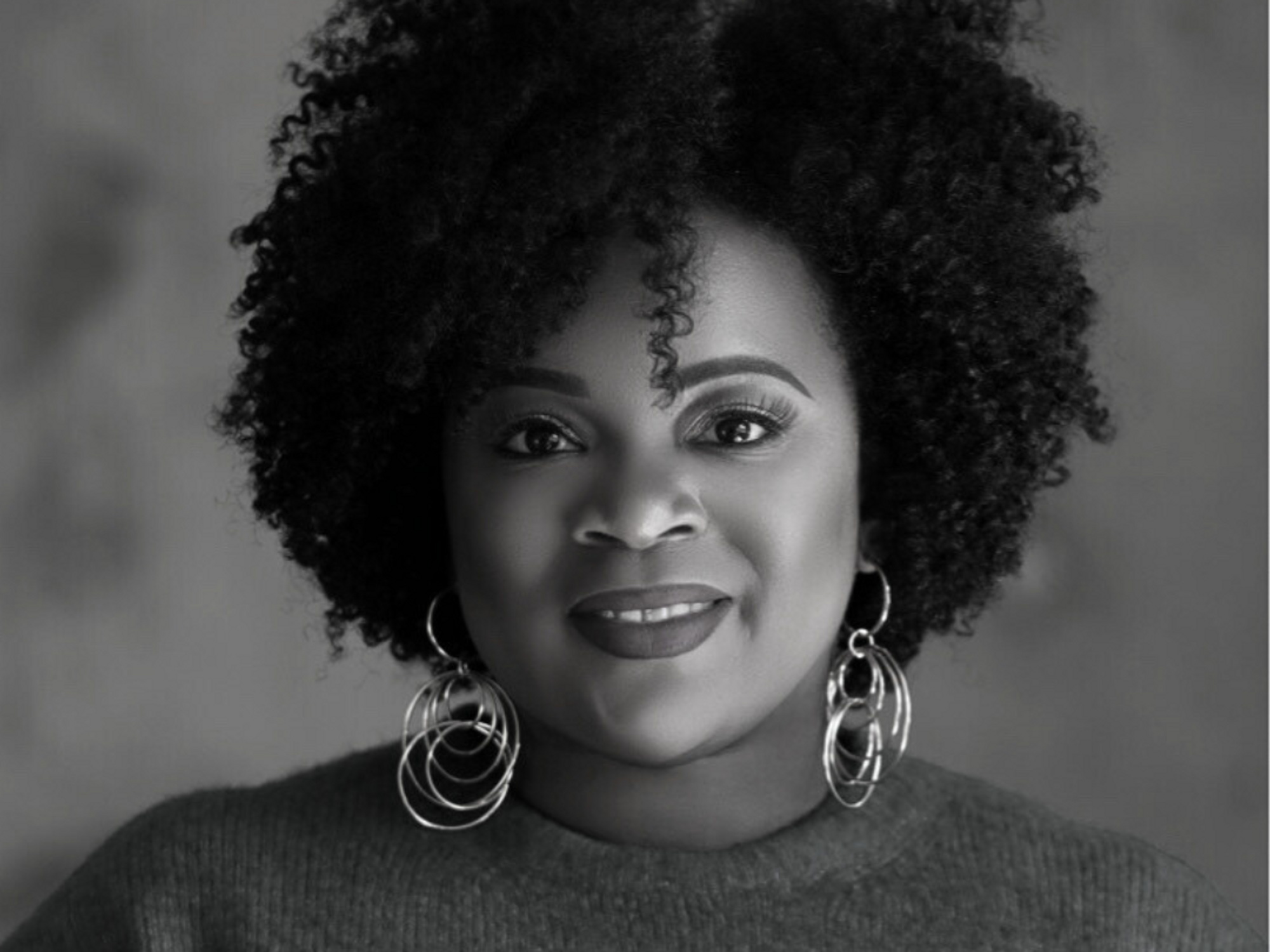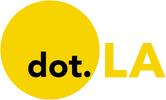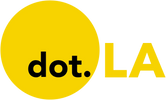From Corporate Banking to Hair Care: Julian Addo on Her Startup Journey
Yasmin is the host of the "Behind Her Empire" podcast, focused on highlighting self-made women leaders and entrepreneurs and how they tackle their career, money, family and life.
Each episode covers their unique hero's journey and what it really takes to build an empire with key lessons learned along the way. The goal of the series is to empower you to see what's possible & inspire you to create financial freedom in your own life.

On this episode of Behind Her Empire, Adwoa Beauty founder and CEO Julian Addo explains how her corporate career taught her how to succeed in business and how she landed a partnership with Sephora.
Addo started her career as a hairstylist in her teenage years and eventually became a successful salon owner. In the midst of needing health insurance, Addo stumbled upon a job in the banking industry with CitiGroup.
“I found it really easy to excel in that type of environment because I'm going from entrepreneurship as a child,” Addo said. “So now, I'm sitting down at a desk with a headset on answering calls… I think they saw that type of work ethic in me and I became a supervisor.”
But in 2006, CitiGroup closed its doors in Minnesota and Addo was relocated to Dallas, Texas. A few years later she received an opportunity to become an associate vice president at Chase and then at Bank of America.
But even during her corporate years she maintained a passion for beauty products. She launched her own beauty blog called Bella Kinks, and began building relationships within the industry.
“Life is so interesting,” she said. “I feel like you just show up and you show up as your best self every day…you give your all in the universe and things just happen.”
After watching YouTube videos and learning about the natural hair care industry, Addo immediately knew she wanted to get involved.
“It ignited that fire that has been lying dormant in me,” Addo said. “Yeah, I was making good money so I did not intend to leave [corporate] to go back into beauty. I just wanted to add my professional stance because at the time there were only regular people with no professional experience in the industry. The industry was kind of underground and hadn't gone mainstream yet. So I figured you know I have a hairstyling background, I have a professional background, I can bring a different voice.”
Addo used her own funds to host events around the natural hair care space. After getting laid off from her corporate job in 2013, she pivoted into beauty and focused on Bella Kinks full time.
“I learned so many skills, even leadership skills on how to lead people, to review contracts that I just wouldn't have had,” she said. “Banking gave me that foundation and now I'm back in beauty. So now I put my beauty knowledge and administrative leadership knowledge together and I would create these campaigns for brands when they launch a new product, and then I would negotiate the contracts with influencers and bring them on board for whatever campaign that we were doing.”
As Addo started hosting these hair care events, Sally Beauty got word about Bella Kinks and reached out to bring her on board to help revive their in-house multicultural brand called Silk elements. Addo was put in charge of marketing and given full autonomy. It was through this experience that she recognized how far behind the textured hair care space was in comparison to the rest of the industry.
“Everything looked so antiquated to me,” she said. “Literally every natural hair care brand uses the same packaging, just a different wrapper. There's got to be something different.”
So, she created a pitch deck with no brand name and had her graphic designer do mock-ups. She sent it on over to Black-owned brands she was freelancing for but none of them took the bait.
The road was rocky but Addo stayed committed and ten months later, Adwoa Beauty was born in 2017.
Two years later, Addo received an email from Sephora about potentially featuring her products in their stores. Addo couldn’t believe this and thought the email wasn’t real. But after having conversations with the team, she signed her agreement with Sephora in November 2019 and officially launched her six products in stores in May 2020.
“I pretty much had a very transparent conversation with Sephora.” Addo said. “ I’m a former hairstylist, there’s no one else that has no one in this industry that has my experience — not only being a hair stylist because you have brand owners that are hairstylists — but I was in the natural [hair] community…I’ve touched every part of this industry in a way that no other founder has been able to touch it. So I was like for the category to utilize me as a true partner, not just putting our brand on shelf or in store.”
Shortly after launching with Sephora, Addo said that she received an overwhelming response from investors who wanted to work with her, but she didn’t want to raise money too soon or raise from the wrong partner.
“I don't want somebody telling me what to do,” she said. “From the standpoint of my vision. Now to build the brand, yes, and these are strengths that I had and there are things that I don't know so I want my partner to fill in those gaps and to help me scale the brand, but I don't want you to try to force me into going into this retailer…So I really wanted to be confident in my long term vision for Adwoa beauty before I brought someone on.”
Addo understands the importance in finding the right partners and she advises other entrepreneurs to do the research and make sure that the investors who want to partner with you align with your vision. She said she spoke to over 30 people in the venture scene and narrowed her selection down to three individuals. Eventually, Addo raised $4 million in funding and while she said it was a huge sigh of relief, it was also very overwhelming.
She added that there are, “also the psychological impacts that come with $4 million. Like no one in my family has ever had $4 million dollars. There are four extra million dollars in my checking account right now…But it was also very heavy on me. I honestly took two weeks to pay some bills that we had. But then I did nothing for two weeks and I just kind of sat on it and then just kind of went through the motions myself for me to personally get to the level of where I need to.”
Even after the deals with Sephora and other investors, Addo admitted that there are certain terms and vocabulary that she’s not familiar with when it comes to the venture capital landscape. As an entrepreneur she’s learned that you need to be willing to ask the questions and be OK with not knowing.
“I found that just by asking questions, people are willing to help you,” Addo said. “So I never presented myself as someone that knows. I know what I know and I know what I don’t know and when I don’t know, I ask questions.”
dot.LA Reporter Decerry Donato contributed to this post.
This podcast is produced by Behind Her Empire. The views and opinions expressed in the show are those of the speakers and do not necessarily reflect those of dot.LA or its newsroom.
Hear more of the Behind Her Empire podcast. Subscribe on Stitcher, Apple Podcasts, Spotify, iHeart Radio or wherever you get your podcasts.
Yasmin is the host of the "Behind Her Empire" podcast, focused on highlighting self-made women leaders and entrepreneurs and how they tackle their career, money, family and life.
Each episode covers their unique hero's journey and what it really takes to build an empire with key lessons learned along the way. The goal of the series is to empower you to see what's possible & inspire you to create financial freedom in your own life.




 Image Source: Tinder
Image Source: Tinder Image Source: Apple
Image Source: Apple